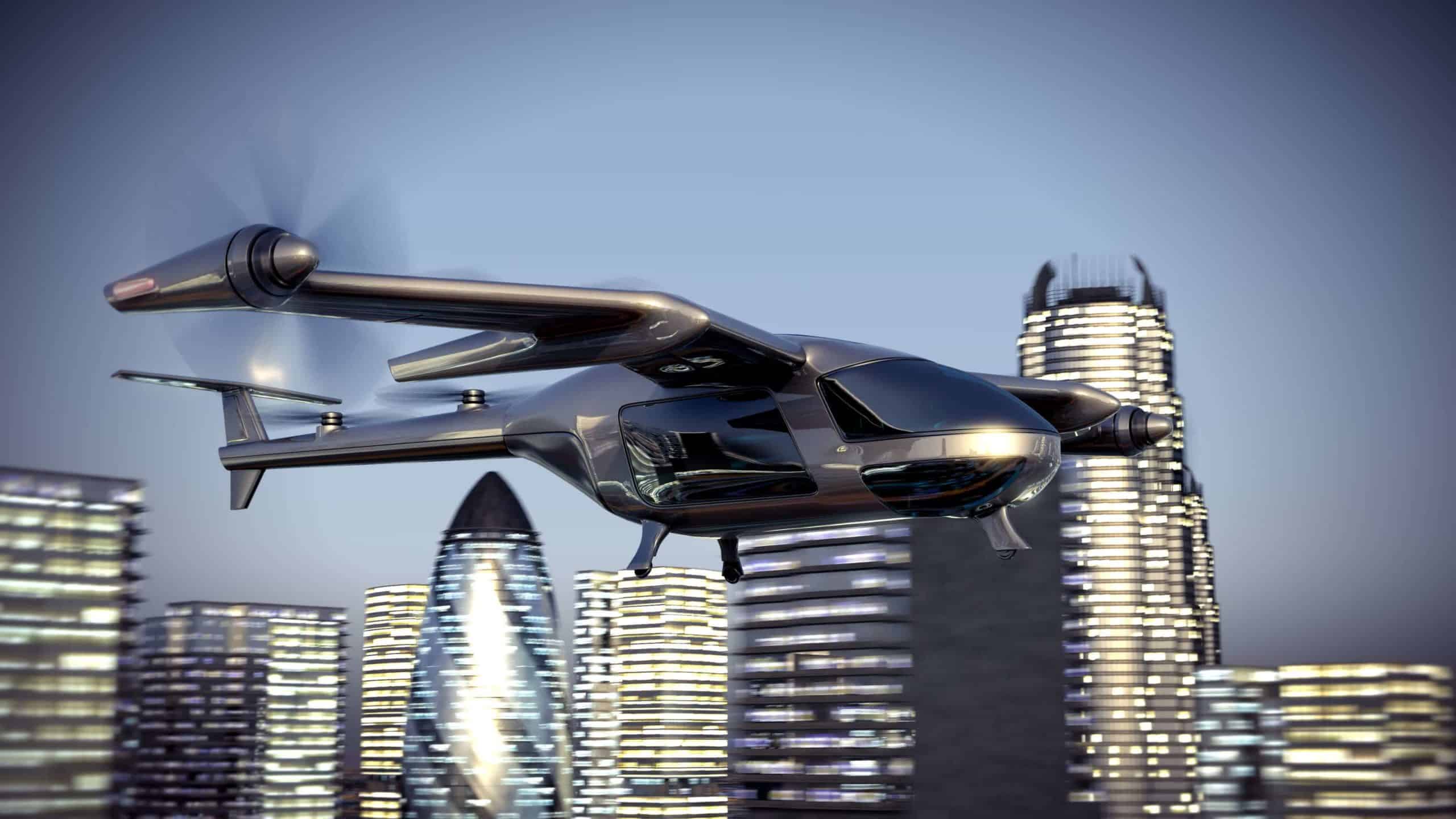- June 23, 2022
- Perspectives, Trending Topics
Three Things You Should Know About Electric Aircraft


Patrick Heaton, CM
Aviation Analyst

David Williams
Aviation Practice Leader
An increased focus on sustainability has emerged in the aviation industry as stakeholders work to develop technologies to reduce the environmental impacts generated by aircraft around the globe. One of the most significant opportunities for the aviation industry to reduce its carbon footprint is the use of electric aircraft in commercial and general aviation applications.
As we work to identify development opportunities for electric aircraft implementation and determine the potential impacts on airport facilities and infrastructure, we’ve discovered key findings related to market entry, airport planning, and power demand.
1. Market Entry
As of mid-2022, electric aircraft are entering private recreational use as experimental aircraft and are well suited for flight training due to their low operating and maintenance costs. Electric aircraft technologies are likely to expand as the industry works to address the ongoing pilot shortage. Numerous companies are developing one- to nine-seat aircraft that are being proposed for personal and commercial use, opening up opportunities for distributed air service.
Many electric aircraft in development are poised to enter the advanced air mobility (AAM) market in the next five to ten years through the implementation of electric vertical take-off and landing (eVTOL) technologies. As better battery and propulsion technologies emerge, electric aircraft are expected to enter the small and medium aircraft markets (10 to 50 passengers traveling less than 1,000 miles) between 2030 and 2040. Given existing known limitations in battery technologies, electric aircraft are not projected to compete in the long-haul market before 2050.
2. Airport Planning Considerations
While AAM will increase point-to-point connectivity and provide first- and last-mile transportation, it presents unique challenges to airports. Industry experts believe the rise of AAM will lead to a rapid increase in the number of aircraft using airports, requiring airports to plan for landing areas, additional aircraft parking spaces, and terminal space and intermodal connections for passengers. Airports will need to determine where charging stations can be located and connected to existing utilities to provide adequate access and power.
eVTOL aircraft will also likely operate from areas separate from runways and helipads, creating special airspace challenges for airports and air traffic controllers. Furthermore, airport firefighting resources will need to evolve to include equipment capable of fighting battery and electrical fires. The rise of point-to-point travel may shift demand away from traditional hub airports to smaller regional airports, stimulating connectivity between smaller metropolitan areas and generating economic activity for regional airports. However, point-to-point travel may necessitate a shift in resources and connectivity to these outlying facilities, adding additional planning challenges for airport sponsors.
3. Electrical Power Demand
The deployment of electric aircraft in commercial aviation requires the ability to recharge aircraft in a short turn-around time to meet the same route structure and general scheduling as traditional aircraft. While fast-charging technologies have improved significantly in recent years, current options still take longer than the refueling time of traditional jet or piston aircraft and often have larger power requirements than what is available at most non-hub airports. The National Renewable Energy Laboratory (NREL) estimated that fast-charging units may require as much as 600 kilowatts (kW) to fully recharge an aircraft battery within 45 minutes (which is still longer than current traditional aircraft turnaround times). Widespread implementation of electric aircraft in the small and medium-aircraft markets may increase daily airport electricity demand by as much as 30 megawatts (MW), significantly more than what all but the largest airports use.
Additional work is required by industry stakeholders to ensure the charging infrastructure needed to support the move to electric aircraft is available throughout the local, regional, and national airport network. Airports will not only need to increase onsite power distribution, but also coordinate with utility providers to generate and transport sufficient power to meet demand, particularly at smaller airports that may not have high-capacity electrical infrastructure or the electrical grid to support the power needs. Some large hub airports currently contract with local utilities providers to host solar arrays onsite, which may provide a supplementary source of power for facilities not connected to high-capacity power grids.
About the Authors

Patrick Heaton, CM
Patrick is an aviation planning analyst who has worked on multiple state aviation and airport master planning projects at general aviation (GA) and commercial service airports across the U.S. Patrick specializes in the identification of existing conditions and analysis of industry trends and technological developments including the implementation of electric aircraft. Patrick served as task manager for a Florida statewide study to evaluate the impacts of the COVID-19 pandemic on the airport and airline industry. He has additional experience participating in planning projects in Arizona, California, Colorado, Idaho, Illinois, Pennsylvania, and Washington.

David Williams
David has over 28 years experience leading some of the Pacific Northwest’s most critical aviation projects. His experience encompasses innovative technology studies, alternative fuels infrastructure studies, aviation system plans and master plans, and planning and design of significant aviation infrastructure improvements. David is leading the Washington Aviation System Plan and Site Selection study for WSDOT, of which sustainability and evaluation of new sustainable technologies are a major component of the study. David has supported the Joint Transportation Committee (JTC) Air Cargo Study, WSDOT Electric Aircraft Feasibility Study, and the PSRC Regional Aviation Baseline Study. David has led a number of studies pushing the boundaries of new and emerging industries including delivering the Port of Seattle’s SeaTac Biofuels Infrastructure Study, the KCIA Carbon Accreditation Program that enables KCIA to be carbon neutral in 2030, and leading the San Francisco International Airport (SFO) Sustainable Aviation Fuel Feasibility Study.
